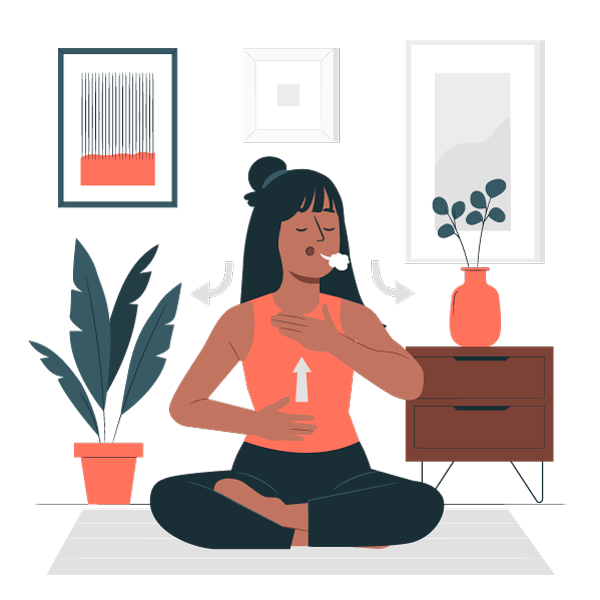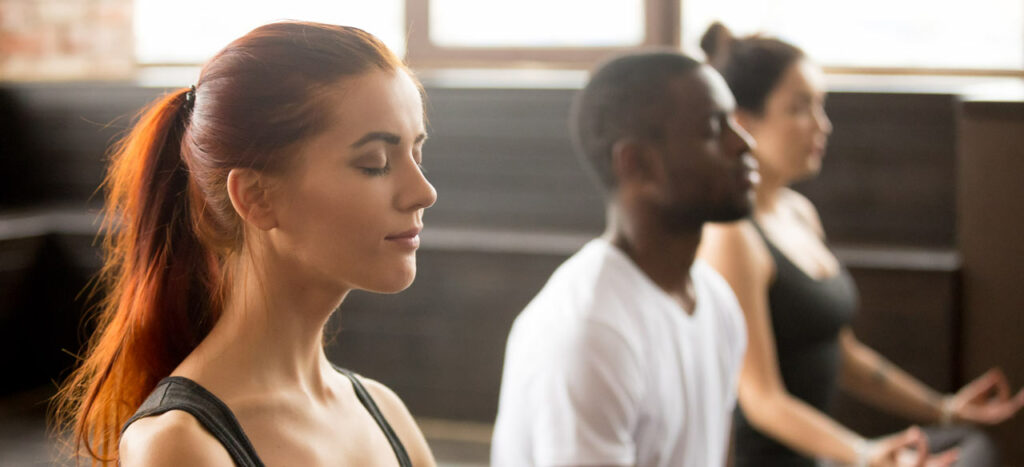Do you understand how your lungs work? With so many respiratory diseases around these days (COVID, flu, cough due to a cold, pneumonia and RSV), this understanding is so important. It is also vital to maximize the efficiency of your lungs which can be done with exercise and learned breathing techniques.
Understanding How the Lungs Operate
Basically, when you inhale,air is brought in through your nose and mouth into your lungs. Your chest muscles and diaphragm contract while the rib cage expands, lung volume increases and air rushes in. With exhalation, the muscles relax, lung volume decreases, and air is pushed out.
Within the lungs, oxygen is exchanged for carbon dioxide waste and the oxygen is dispersed through millions of microscopic sacs into tiny capillaries in your lungs. The oxygen then combines with hemoglobin in the red blood cells and pumped through the entire body by the heart.
At the same time carbon dioxide from deoxygenated blood leaves the capillaries and sacs and is expelled. Gases are exchanged, oxygen for carbon dioxide and vice versa.
While this is a very simplified explanation, you can explore further at the National Institute of Health. There is also an interesting video on the structures of the lungs on the same page and another on what breathing does for the body here.

Besides, Breathing What Else Happens?
Sound
When we breathe, air passes through the larynx, or our voice box. Muscles in the larynx move cartilages when we speak. This pushes the vocal cords together so when air passes through the vocal cords, they vibrate, creating sound. This is how we speak and sing.
Scent
As we breathe in air, chemicals in the air bind to and activate nerve signals in the nasal hairs. The brain then takes these signals from the nasal cavities through openings in the ethmoid bone to the olfactory (or smell) bulbs. And this is how we smell.

Helpful Breathing Exercises
There are many breathing exercises that can be done to improve your lung function. These include:
- Yogic breathing, also called Pranayama, which is conscious and controlled breathing such as belly breathing. Yoga practitioners use breathing to calm the mind, and yoga postures to help them focus on their breath. Read more about yogic breathing at Medical News Today.
- Pursed lip breathing slows down the pace of breathing by deliberately applying effort to each breath. While you may practice this any time, it is especially helpful with activities and improves lung capacity. It is done by breathing in until the lungs are full and then pursing the lips as if you are going to whistle. You then release the air much more slowly than you inhaled. For an in-depth explanation please read this National Library of Health article.
- The 2 to 1 breathing technique regulates lung motion and quiets the nervous system. Relax all over and begin to breathe at the rate of 4 counts in and 8 counts out. While relaxing, it also helps tone the lungs and improves their chance of doing their job right.
There are many other types of breathing exercises as well such as aerobic exercises which help to increase lung function and calm the nervous system. Do some investigating on your own on the web – the links above are useful places to start. To see what works best for you, if you have lung issues, consult a medical practitioner prior to beginning an exercise routine. You can also visit the Lung Health Foundation website. The Foundation is one of the 21 participating charities in Federated Health Charities and is a very reliable resource for lung issues. They also have a handy mini-quiz to help you determine your lung health.







